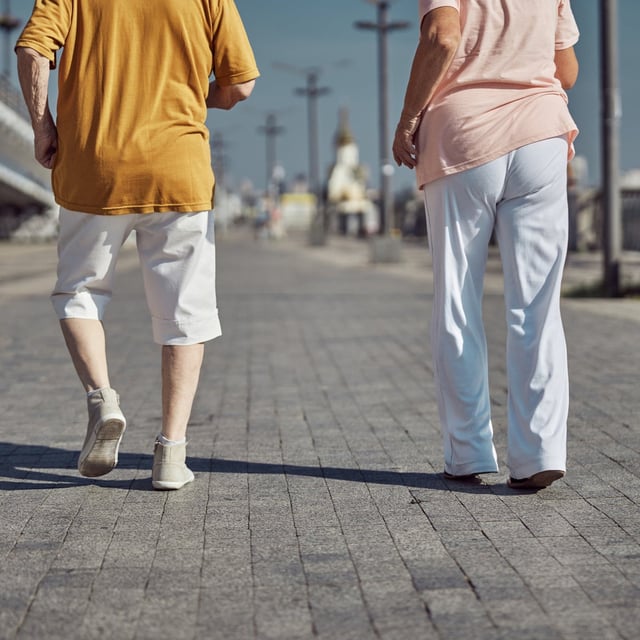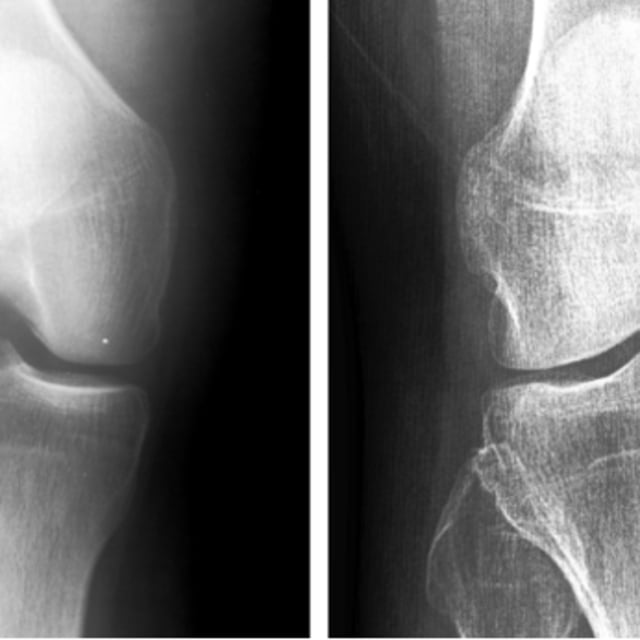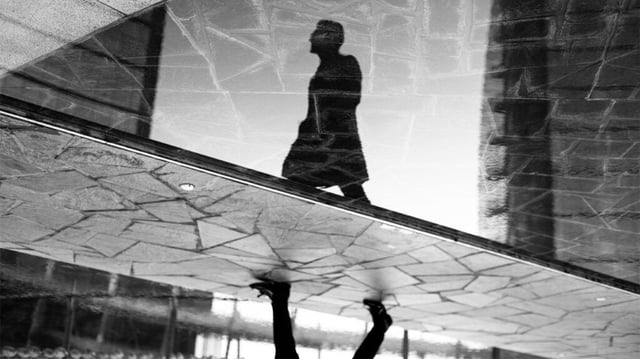Overview
- A year-long randomized, placebo-controlled trial of 68 adults with mild-to-moderate medial knee osteoarthritis tailored 5°–10° toe-in or toe-out adjustments using baseline MRI and motion-capture analysis.
- Intervention participants completed six weekly supervised sessions with real-time shin vibration feedback and daily home practice to maintain their prescribed foot angle.
- After one year, the gait-retraining group reported pain reductions between over-the-counter and narcotic analgesics and showed slower MRI-measured medial-compartment cartilage degradation.
- Researchers excluded individuals whose knee loading did not improve with any foot-angle change to strengthen internal validity, a choice that may limit applicability to all patients.
- Investigators plan larger trials employing smartphone video, smart shoes and AI analytics to streamline delivery and move the biomechanical intervention toward routine clinical deployment.


